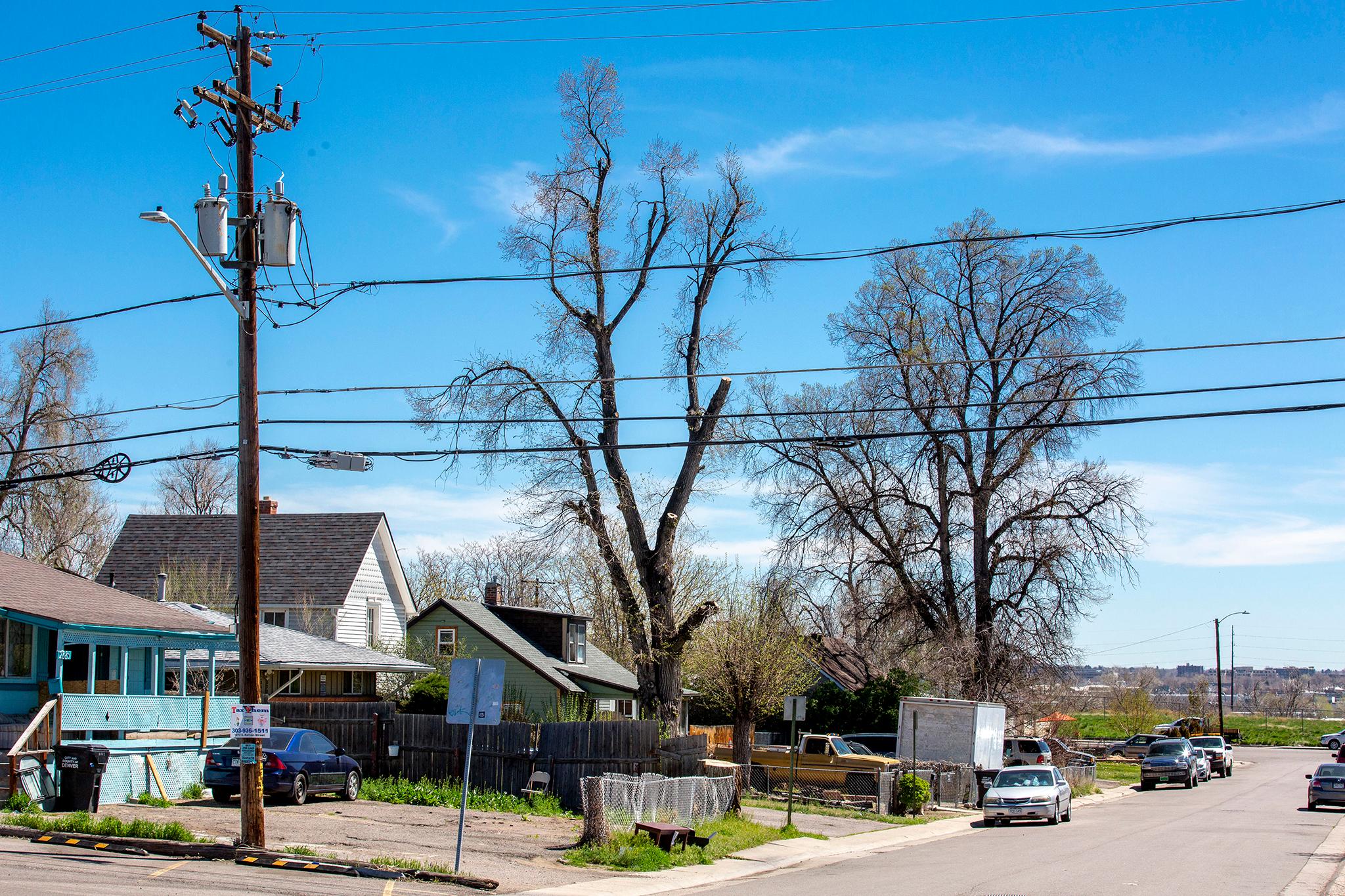
Add COVID-19 to the long list of things affected by the racist government practice of "redlining" minority neighborhoods starting back in the 1930s.
Banks restricted lending in those places, resulting in decades of disinvestment that researchers have connected to higher poverty, worse schools and a host of other negative outcomes.
And now, two researchers at the University of Colorado Denver say those vulnerabilities have weakened formerly redlined neighborhoods' ability to handle crises like the coronavirus.
"We know that there are disadvantaged neighborhoods around the country, and that's where we really need to strengthen our investments and really put our money where our mouth is," Jeremy Németh, associate professor of urban and regional planning at the University of Colorado Denver, told Colorado Matters host Andrea Dukakis.
One such neighborhood is Valverde, just north of Alameda Avenue and west of Interstate 25. Through May 12, it had the highest COVID-19 hospitalization rate in the city and still has one of the highest now.
Németh blames that, in part, on the neighborhood's proximity to I-25 and lack of good sidewalks, biking infrastructure and healthy food stores.
"Those factors are really linked to levels of diabetes, levels of hypertension, levels of obesity, all of which are factors that put people at higher risk of COVID-19 contraction, hospitalization and death," he said.
That all rang true to Adriana Lopez, interim vice president of the Valverde Neighborhood Association. Her family's been in the area for 60 years, she said.
"We obviously are still being affected by the systems that were set up long before us to essentially keep communities of color down," she said of Valverde, which is about 80 percent Hispanic. "When something like a pandemic, COVID-19, breaks out, it has an even harder impact on communities of color."
One particular frustration of hers is the lack of a large supermarket like King Soopers or Safeway. (There is a large Asian market at Alameda and South Yuma Street, but Lopez said she'd never been there.)
"We've been advocating for a grocery store here for a very long time," she said, noting that many people shop in the Belmar area of Lakewood — a 20-minute drive away.
The neighborhood's shoddy sidewalks (which are all-too-common in the city) also making getting outside a challenge, as does the lack of parks, she said. The area's main park is a fraction of the size of parks in wealthier neighborhoods like Sloan's Lake, City Park and Washington Park.
"It just minimizes the opportunity to feel like you're even safe to walk in the neighborhood," she said.
The city and state should plan projects not equally — where investment is spread across the city — but equitably, where they are focused in neighborhoods like Valverde that really need them, Németh said.
The state is planning a rebuild of Alameda Avenue over the South Platte River and safety improvements to Federal Boulevard that should help with connectivity. But the city is falling behind on its ambitious sidewalk-building goals. City Councilor Jolon Clark, who represents Valverde, did not respond to an interview request.
Lopez fears another threat could soon intensify in Valverde and southwest Denver at large: gentrification. Three real estate agents recently made her mother offers for the family home on South Bryant Street.
Her mother declined, and instead sold it to her. Such offers usually result in families selling to developers, she said, but in this case she's grateful it turned out differently.
"I feel at home," she said.








